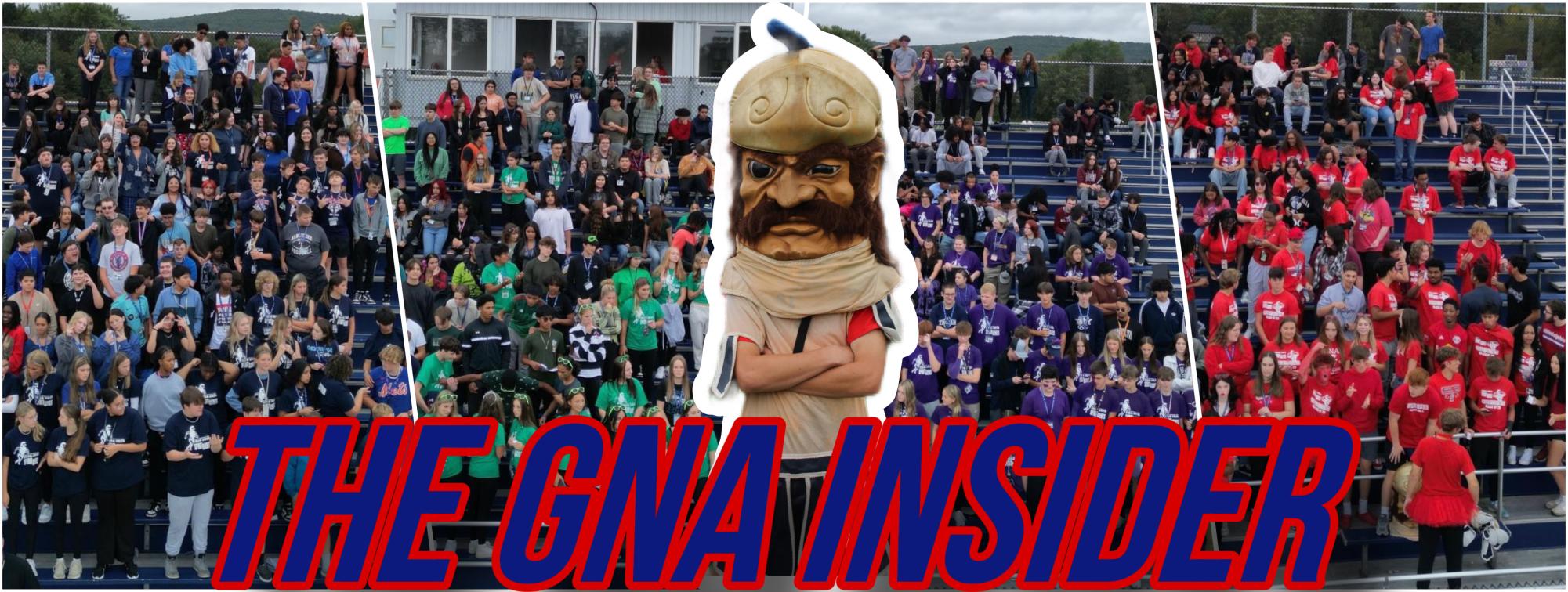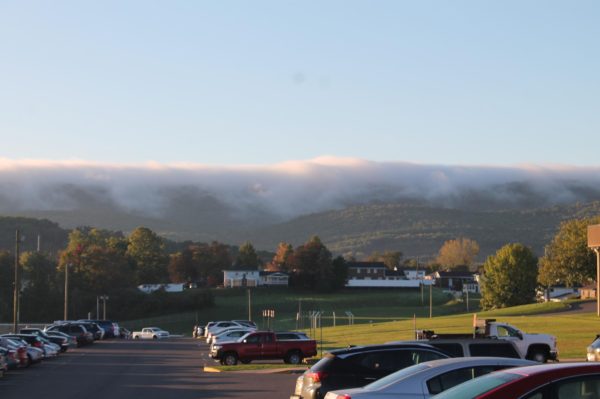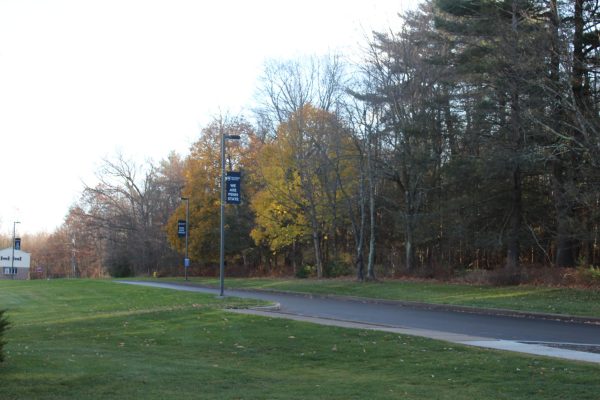School now vs then: altered for the better?
In today’s society, schools have greatly evolved from what they once were, at the onset of their existence. They have substantially grown in attendance, altered their safety regulations, acquired new technologies, changed discipline techniques, gained improved student attitudes, required students to take more standardized tests, etc., but overall do all of these improvements make schooling today better than it once had been?
Many current school students have most likely thought about growing up in the past, and the difficulties (as well as surprises) which would come along with that. Some have probably even thought about what it would be like to attend school in the past.
Attending school in the past was neither as widely pursued nor carried out as in the present day. According to blog.myheritage.com, in the early 1900s, only about half of children ages 5-19 were enrolled in school. Even then, some of these students dropped out of school after a few years to help on farms, help gain money for their families, or get jobs—at the time, many people did not pursue further education after high school graduation. School attendance began to noticeably increase throughout the 20th century, amounting to approximately 75% of children by the 1970s; it continues to grow to this day.
One of the major changes in schools from previous eras is the general attitude of students. Many individuals have developed more negative life outlooks, short tempers, phone addictions, anger issues, depression, etc. In many cases, this major change in attitude may eventually link back to one’s parents—especially if they have raised their children differently from their parents. A more lenient childhood typically comes with less discipline when one gets into trouble—especially at school, where students may even resort to hollering at a teacher over a cellphone or another personal priority. Back in the day, manners were approached much differently at school. Teachers had no problem disciplining disrespectful students (typically by corporal punishment); since then, however, teachers cannot use the tactics they once utilized to change students’ attitudes, resulting in decreased obedience of teachers. New safety regulations have been designed to protect students from physical punishment (among other things) while at school.

These regulations not only protect students from teacher discipline, but also defend pupils from each other and nature with clear backpacks, metal detectors, shots, weather drills, and cameras. Discipline is pursued with more pacifism today, with detention, suspension, restricted abilities (e.g. withdrawn permission to drive to school), or expulsion being most common such tactics.
Transportation has also evolved since previous times. Decades ago, most students walked to school, carrying books in their hands if backpacks were unavailable, rather than taking a bus or driving. At first, a school was typically the size of a single classroom, although they gradually expanded as their respective communities grew; this gave them the ability to provide for mostly pedestrian transportation.
A few other alterations to today’s schooling environment include the constant evolution of school day technology. We now have laptops, iPads, Chromebooks, desktop computers, calculators, Starboards, and cellphones—all technologies which school students have not previously had. There were, however, always books, including encyclopedias and dictionaries, typewriters (at one point), chalkboards, handwritten essays, and book-based studying rather than online research.
After a concise look at just how different a typical school day is today from one of 50 or 100 years ago, one can truly realize the developments which have taken place in our education system. Some groundwork principles have stayed the same throughout the years, but much has greatly changed.
After conducting some research, one can conclude that schooling today is better in some aspects than the education of years prior, but worse in others. Attitudes have worsened and discipline has gotten less strict, while student safety and ease of transportation have evolved. Technologies have also been invented to ease workloads, and school attendance has drastically increased.

My name is Cameron Valaitis. I was born on March 15, 2002 and am currently a junior at Greater Nanticoke Area. I have two brothers, along with three cats...







